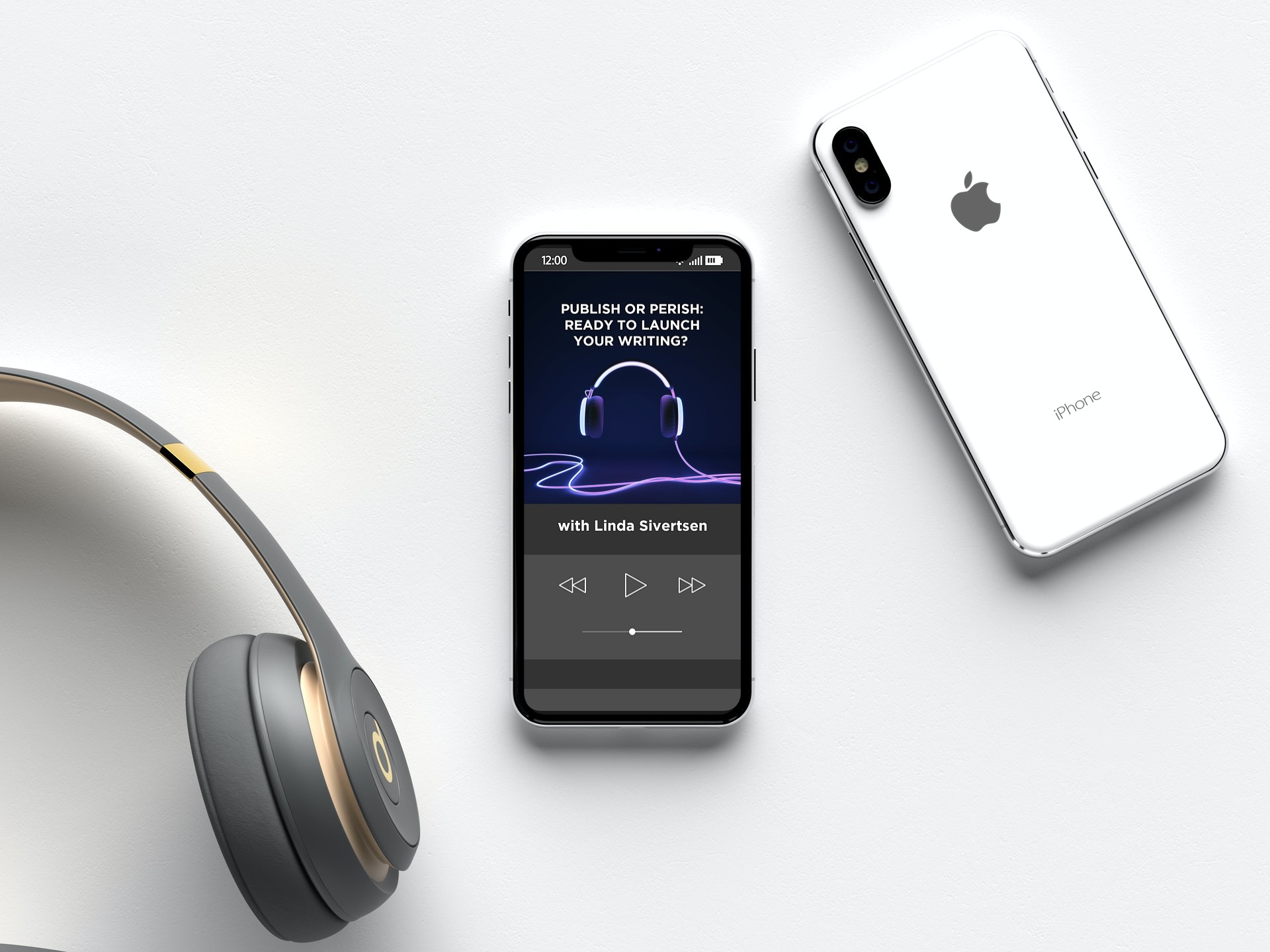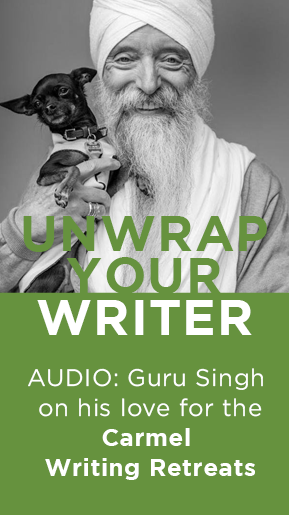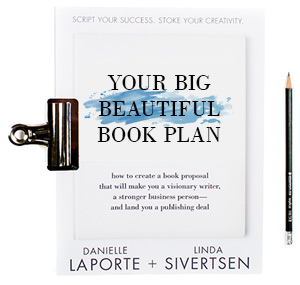
SALLY FIELD
Inner Strength
I wasn’t born skeptical. At least not according to my wide-eyed baby photos. No, I had every reason to smile — my parents were in love; Daddy had a good job, Mom was home baking casseroles; and, most importantly, we were all strong and healthy.
Several of my relatives would endure medical mistakes and untimely deaths, shocking Mom, Dad, and me into adopting a fairly strong mistrust toward at least one area of life-the medical industry. I would grow up to read every alternative health book I could digest, and ultimately risked delivering my baby at home, without drugs—even hiring an “illegal” midwife who wasn’t beholden to any regulatory constraints and thus wouldn’t whisk us off to the hospital unless our lives were truly threatened.
Our healthy boy was eight years old (and had yet to visit a doctor—besides a chiropractor/dentist) when our ten-year-old Border collie came down with an unremitting case of incontinence. She’d wake up after a nap, her long silky coat soaked in urine. The dog that followed my every step and slept at the foot of our bed was visibly shaken, embarrassed. Weeks later, our large, huggable shepherd came down with the same disorder—common, we would learn, among older fixed females. That’s it, my husband announced. Our indoor girls would spend the rest of their lives outside in the yard. That’s when I broke down, raced to the veterinarian’s office, and begged the doctor for medical intervention. We all have our breaking point—the moment long-held ideals transform into the hope that maybe the other “side” isn’t so abhorrent after all. For the sake of my “babies,” I was more than willing to cross my boundaries—whatever it took to reunite our human/canine pack by the roaring fire in the family room.
That was 1998, and in our case, the healing magic of a daily dose of medicine (called Proin 75) has never faltered to keep my furry friends dry and carpet friendly. One pill began restoring decades of doubt in my disbelieving heart. Along with taking my child to his first doctor appointment (as a fourth grader, and shaking the whole time—in case something really was wrong), I’ve never missed a day crushing the pills into my dogs’ baby carrots/organic kibble mixture. Yet, when I heard that Sally Field had been diagnosed with osteoporosis and was taking a little pill called Boniva only once a month to stop and even reverse her bone loss, my instinct was to totally disbelieve the notion. Bone loss? That’s major. One pill—every four weeks? Come on; someone’s got to be lying (or grossly exaggerating). Then I remembered our magic pills. Could this be another such medical miracle?
“I know, it sounds nuts,” says Sally, explaining how her bone loss showed signs of reversing within days of taking her first pill! “It’s almost unbelievable that a drug could build bone mass. You know, the pharmaceutical industry is a whole lot of things. Some bad. Some good. But the reality of it is that many drugs are truly miraculous life savers.” Sally had just come from a luncheon where doctors were awarded for doing remarkable things to lengthen people’s lives, and she was impressed to hear that researchers are on the verge of curing “incurables.” But for Sally, being a spokesperson for a drug company is all about freedom—freedom of movement.
Have You Heard This?
“I had no idea when I was diagnosed that some women will literally be sitting down on a bench or carrying their grandchild and their hip will break. Or, how leaning down to pick up a bag of groceries could fracture a person’s spine. Osteoporosis isn’t just an “old lady’s” disease, where we think of a woman all hunched over. One out of two women over the age of 50 will experience an osteoporosis-related fracture at some time in their life (and 20% of diagnosed cases are men). It’s an enormous problem. With baby boomers starting to turn 60 in huge numbers, we need to be aware that this disease is potentially life threatening and completely impacts the quality of life.”
“Old lady” and “Sally Field” are an oxymoronic pairing for people raised on her TV shows (or reruns). We can’t help but associate her with the non-stop energy and enthusiasm of the boy-crazed, surfboard-toting teen (Gidget), and later as a light-as-a-feather nun whose magical, airborne habit caused her to rise, quite literally, above the cares of the world (Sister Bertrille). The classic ingénue, Sally was youthful, petite, beautiful, pure of heart, and giggly; and in both starring weekly roles, every challenge encountered was surrounded by a halo of innocence, and neatly and comfortably put to bed by sundown.
Despite the odds (and media skeptics), Sally made the difficult shift from lovable puff parts to dramatic roles, garnering an Academy-Award for her performance inNorma Rae in 1979. I remember jumping to my feet and cheering during her refreshingly candid “You like me” speech for her second Oscar for Places in the Heart in ’94, in what would become an Oscars Greatest Moments highlight. My favorite character, however, may just be the most current-Nora Walker-the multi-layered, leftwing matriarch on the hit ABC show Brothers and Sisters-airing Sunday nights following Desperate Housewives. But even though Sally has mesmerized audiences with her shockingly real and even dark performances, first impressions hold strong: No matter the vast spectrum of characters she’s embodied, Sally will never bury Gidget, even if she wanted to. That bright, perfectly fresh face lives on in TV images and on the web, even though the series was cancelled after only two seasons. Perhaps that’s why when this interminably young star was diagnosed with a disease associated with age and fragility, it was a harsh reminder that time is most assuredly marching forward for us all.
Knowledge Empowers
“Aging doesn’t have to be disastrous,” professes Sally. “I want women to have the information that I didn’t have, and I’m learning as much as I can. People think that once their bones start to degenerate, that’s it. But healthy bones, like skin, are living tissue that constantly regenerate, sloughing off and rebuilding as a normal body process. In the case of osteoporosis, however, the body loses more bone than it builds. When I was first tested after taking Boniva, there were grown people jumping around like children because my body showed such positive results. Within a relatively short time, my levels had jumped to almost normal levels of bone loss instead of the previous dangerous deficit.”
Sally was smart. She had found a doctor who believes in preventative medicine; one who’d been on the lookout for signs of the disease years before her diagnosis. “Even without a single symptom, he was watching me because he knew that I was a prime candidate for osteoporosis in that I’m small, thin, female, and Caucasian. Oh, and lord knows, I’m over 50.”
Sally’s bone-density tests began in her late forties, but osteopenia—a precursor condition to osteoporosis—didn’t show until her fifties. “My doctor tried to treat that from getting worse with vitamin D, and I was always taking my calcium. You’d think that being in Southern California, I’d get enough Vitamin D from the sun, but like many people who don’t want to experience skin cancer or early aging, my use of sunscreen probably prohibited its assimilation. I was treated with Vitamin D, but in my late fifties my body took a huge dive as far as the bone density was concerned. I was into full-blown osteoporosis in my spine and hips, which is when we had to decide on a treatment.”
What’s a Gal to Do?
“Treatment can be very successful, whether it’s once a day, once a week, or once a month. I choose once a month because it’s extremely important that you stick with it. You can be back to square one, and back at risk, if you miss doses. There is some statistical research that with the once-a-day or once-a-week programs, many women will stop their treatment before the end of the first year. I knew I could easily fall into that category. My doctor is very excited because Boniva’s come out with a shot as well, and since many women have digestive issues and can’t tolerate calcium or pills, the shot bypasses the digestive system. With the aid of this medicine, my body has regenerated bone back to levels I had in my forties, so I no longer have to worry about picking up my grandchildren. Everything else can fall apart, but I’ll have healthy bones. My structure will be solid.”
Still believing in alternative therapies when possible, I ask Sally if she’s aware of any holistic prevention for osteoporosis. “Well, aside from weight lifting, eating a healthy diet rich in calcium, you could try getting sun on your legs. A friend of mine knows a Vitamin D guru here in Los Angeles who believes that if you don’t have inhibiting conditions, getting sun on your legs for twenty minutes, two times per week, without sun block, can prevent osteoporosis without putting you at terrible risk of skin cancer.” Sally couldn’t verify the legitimacy of this claim; but as animal lovers, we talked about how walking the dog in shorts in the morning before work a few times a week could be a multitasker’s dream—getting one’s vitamins, exercise, and canine bonding time in before breakfast.
Self Worth
When I interview people at the pinnacle of their field, I’m still amazed when they express the same insecurities experienced by the rest of us. The main difference, of course, is that they don’t allow their fears to stop them. Years ago, you could sense that Sally was grappling with the stress of knowing that millions of eyes were watching and talking about her every move. Even her agent, before she fired him, said she wasn’t good enough for the movies. I ask her if she’s gotten to the point now where she feels good enough?
“You know, I think it’s the human dilemma—that we are constantly grabbing at and grappling with our feelings of self worth. I think those who don’t admit that are lying, and that a lot of the problems going on in our country and in the world are as a result of people covering up for deep, deep feelings of worthlessness. Instead of admitting and owning their frailties, trusting and knowing that being vulnerable and honest actually serves as a tool for getting better and becoming stronger, they puff up and try to hide the truth. I believe that we sort of have to be raw and unclothed before we can build an authentic life for ourselves.”
That reminds me of comedian John Cleese’s rant about how many of the world’s most malevolent leaders were under 5’8″, to which I ask if she’s seen the show. “No, but I don’t disagree with that,” she says. “That’s what I’m talking about when I say that people are trying to puff themselves up to hide from their feelings of inadequacy. We all do on some level.” Thankfully, most of us don’t become tyrants.
“That’s what I loved about your endearing ‘You like me’ acceptance speech at the Oscars”, I say. It was one of the most exposed moments I had ever seen on television. In a flash, everyone who’d ever struggled to be taken seriously could identify with your relief and gratitude. But do you ever regret uttering those words when some made fun of your vulnerability? “Of course I don’t!” she answers, without hesitance. “It was such a long time ago, but no, I don’t regret it at all.”
What’s Next? Who Knows!
“I don’t know what the future holds for me,” Sally says when asked about the next five years. “I try and stay open to whatever roads open up to me. You have to be able to be available to see and recognize good things when they come along, taking the chance on them.” You also have to be open-minded enough to change with the times. Sally’s recurring role of Maggie on ER, a shockingly honest portrayal of bipolar disorder, has shown her commitment to the craft of acting, and her willingness, again, to play against type. Although Sally’s new show has yet to air during this interview, I sense that the most recent opportunity she’s grateful to have taken a chance on is Brothers and Sisters.
“I believe that you have to work really, really hard to be ready to receive the luck that will come to you. It’s not easy, though, because nothing comes to you unless you are completely ready to receive it. You couldn’t possibly see it if you weren’t prepared. You wouldn’t be educated enough to know it was in front of you. Sometimes the process involves letting go of your ideas about what you think you want, and falling down a path that seems endless and dark, where you have no idea where you’re going.”
Letting go is no doubt what Sally did when she got the call to join yet another cast with the all-consuming schedule of a dramatic series. Friends of Sally say that she had been enjoying more balance than ever before, playing with her grandchildren and having the time between less demanding jobs to take long walks on the beach with one of her dearest girlfriends, Jane Fonda. No one could say that she hadn’t earned the right to a little peace and ease. But now it’s back to memorizing the countless lines required of a star on a weekly hit show. “It’s a remarkable group of actors [including Calista Flockhart], and the creative team is extraordinary,” she says. “It’s such a great group that I found it impossible not to accept the role. I’m having such a good time with them.”
The quality of a person’s life is determined not by the big successes as much as the overall fulfillment of the day to day. Some time has passed since our interview and I’m hooked on the show. It’s clear by watching, that despite the grueling hours of production, Sally really is having a blast. Which is a good thing because through her many roles-including that of Boniva spokesperson—Sally continues to educate and uplift the lives of millions of people, at home where they live. Perhaps that’s the mark of a true star-the ability to embrace the world and leave it decidedly better than it was before he or she arrived.
To help motivate other women to stay on treatment, Sally has launched a web site—www.BoneHealth.com—where she keeps a monthly journal about her own experience and progress.










